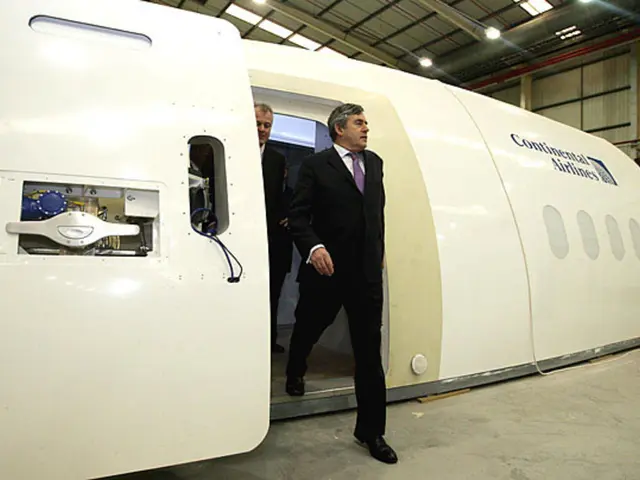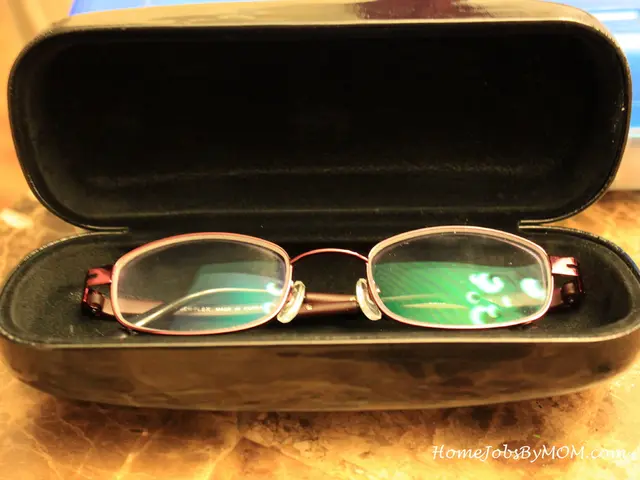Exploring Canard Wing Aircraft: Comprehensive Insights and Detailed Analysis
Flying with a Twist: The Canard Wing Revolution
Hey there! Ever wondered about those weird-looking planes with wings at the front AND the back? That, my friend, is a canard wing aircraft! Let's dive into the world of canard wings, their ups, downs, and some awe-inspiring aircraft that use them.
What in Tarnation is a Canard Wing?
Simple! It's a small wing located at the front of an aircraft, which functions like a tail, but with a twist—it's placed ahead of the main wing. This unusual arrangement lets the canard generate lift and contribute to the overall balance of the aircraft, enhancing stability and control.
Canard = Good(ish) Stuff
- Pitch Perfection: Canards help planes react swiftly to pitch changes, making fighter jets and other high-speed aircraft incredibly agile and responsive.
- Lift Efficiency: In some designs, canards help reduce the main wing's load and make the airframe overall lighter and more efficient.
- Space Saver: With the stabilizing surfaces moved forward, canard designs create more streamlined airframes, freeing up some precious cabin space.
- Stall Safeguard: In many canard configurations, the front surface stalls before the main wing, reducing the risk of a devastating stall.
But Wait, There's a Downside
- Drag Buster: Canards can cause increased drag, which reduces fuel efficiency and overall performance.
- Complex Stability: Canard-equipped aircraft need careful design to maintain proper stability and control due to the intricate canard-main wing aerodynamics.
- Limited Lift Power: Though canards generate lift, their relatively small size means they may not contribute much to the overall lift of larger, heavier aircraft designs.
Canard Champions: The Flying Elite
- Dassault Rafale: A sleek fighter jet that uses a canard configuration for unparalleled maneuverability in battle.
- Rutan Voyager: The first plane to fly around the world without stops or refueling, thanks to its canard layout supporting long-duration flights.
- Saab Gripen: Another formidable fighter jet that relies on canards for superior agility and control during high-intensity combat.
Canards in the Present
Canard designs are mainly popular in military and experimental aircraft, but they've also popped up in select civilian aviation applications, particularly in aircraft designed for high efficiency or specialist roles.
The Future's So Bright, Gotta Wear Shades
As aerospace engineering moves forward, the use of canard designs may expand into uncharted territories, primarily with the development of advanced materials, 3D printing, and computational design methods. Who knows? Canard aircraft might soon dominate the skies!
That's a Wrap
Canard wing aircraft boast unique advantages like improved control, efficiency, and design versatility, making them a significant force in modern aerodynamics. Though they do present challenges, their benefits can be substantial, especially in high-performance scenarios. As technology advances, the use of canards could revolutionize the future of aircraft design.
For more thrilling takes on aeronautics, just click here!
In the realm of aircraft design, canards have been instrumental in increasing the agility and responsiveness of high-speed aircraft like the Dassault Rafale, Saab Gripen, and Rutan Voyager. On the financial side, the aerospace industry has invested in canard technology, recognizing its potential in creating more efficient airframes, such as aircraft designed for high efficiency or specialist roles.
With the swift advancement of technology, particularly in materials, 3D printing, and computational design methods, the use of canard designs may soon expand beyond military and experimental aircraft into broader civilian applications. This could potentially revolutionize the future of aircraft design, making canard aircraft a common sight in the skies of the not-too-distant future.




